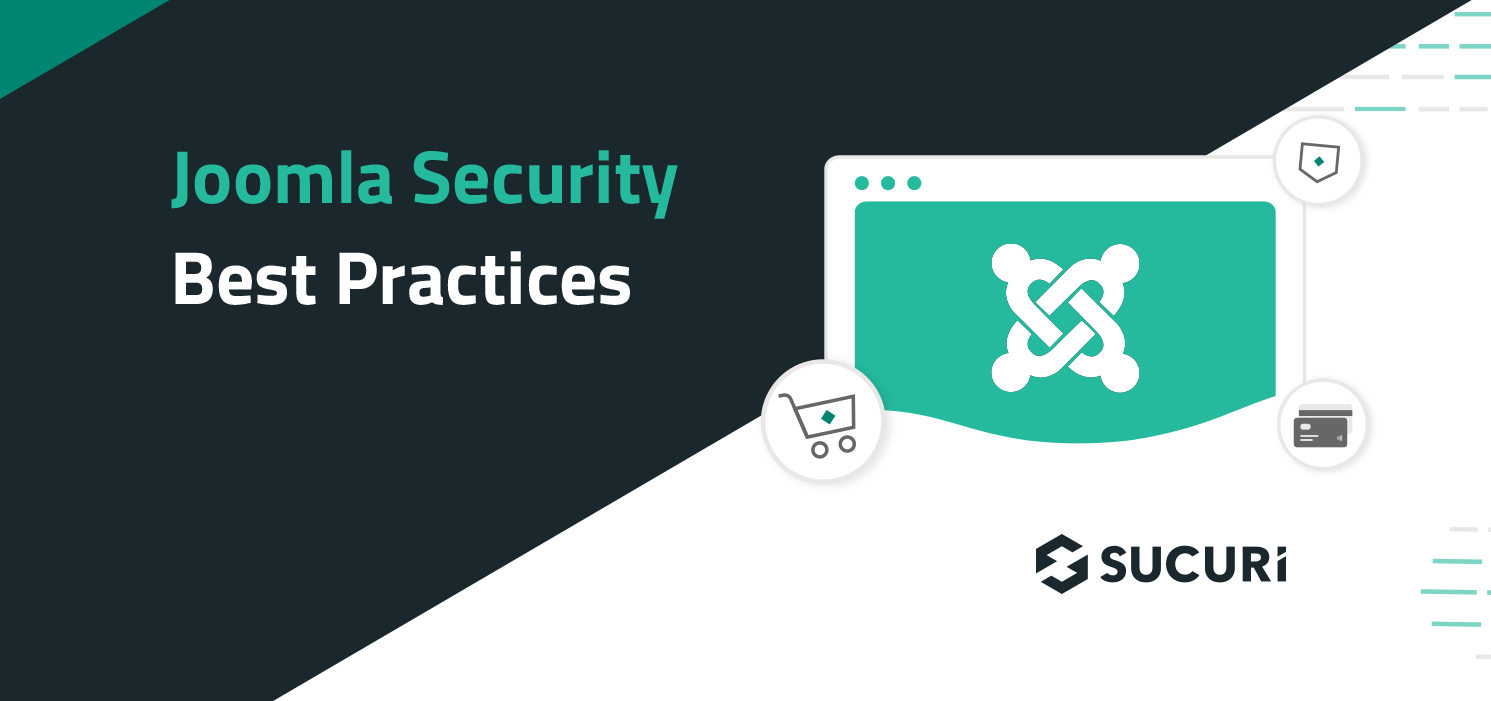Joomla Security Best Practices
In today’s digital age, cybersecurity is more important than ever. With cyber threats constantly evolving, it is crucial to ensure that your Joomla website is secure. Implementing security best practices can help safeguard your website from potential threats and protect your valuable data. In this article, we will discuss some of the best practices for securing your Joomla website.
Keep Joomla Updated
One of the most important things you can do to secure your Joomla website is to keep it updated. Joomla regularly releases security updates and patches to address vulnerabilities and improve overall security. By keeping your Joomla installation up to date, you can ensure that your website is protected against the latest threats.
Use Strong Passwords
Another key security best practice is to use strong passwords for your Joomla website. Avoid using easily guessable passwords such as “password123” or “admin”. Instead, use complex passwords that include a mix of letters, numbers, and special characters. Additionally, consider using a password manager to generate and store secure passwords.
Enable Two-Factor Authentication
Two-factor authentication adds an extra layer of security to your Joomla website by requiring users to provide two forms of identification before gaining access. This can help prevent unauthorized access even if a user’s password is compromised. Enabling two-factor authentication is a simple and effective way to enhance the security of your Joomla website.
Protect Against SQL Injection
SQL injection is a common attack vector used by hackers to exploit vulnerabilities in websites. To protect your Joomla website against SQL injection, ensure that you are using the latest version of Joomla and have implemented proper input validation and sanitation techniques. Additionally, consider using a web application firewall to help block malicious SQL injection attempts.
Regularly Backup Your Website
Regularly backing up your Joomla website is essential for mitigating the impact of a potential security breach. In the event that your website is compromised, having backups can help you quickly restore your website to a previous state. Be sure to store backups in a secure location and test them regularly to ensure they are working correctly.
Limit User Permissions
Another security best practice is to limit user permissions on your Joomla website. Only provide users with the minimum level of access they need to perform their tasks. By limiting user permissions, you can reduce the risk of unauthorized access and minimize the potential impact of a security breach.
Monitor Website Activity
Monitoring website activity can help you detect potential security threats early and take proactive measures to address them. Consider using security monitoring tools to track user logins, file changes, and other suspicious activities on your Joomla website. By staying vigilant and monitoring website activity, you can better protect your website from cyber threats.
Stay Informed About Security Threats
Lastly, staying informed about the latest security threats and vulnerabilities is crucial for maintaining the security of your Joomla website. Follow industry news, subscribe to security mailing lists, and regularly check for updates from Joomla to stay informed about potential risks. By staying informed, you can stay one step ahead of cyber threats and better protect your Joomla website.
By implementing these security best practices, you can enhance the security of your Joomla website and protect it from potential threats. Remember that cybersecurity is an ongoing process, so be sure to regularly review and update your security measures to stay ahead of evolving threats. With proper security practices in place, you can enjoy peace of mind knowing that your Joomla website is secure and protected.
